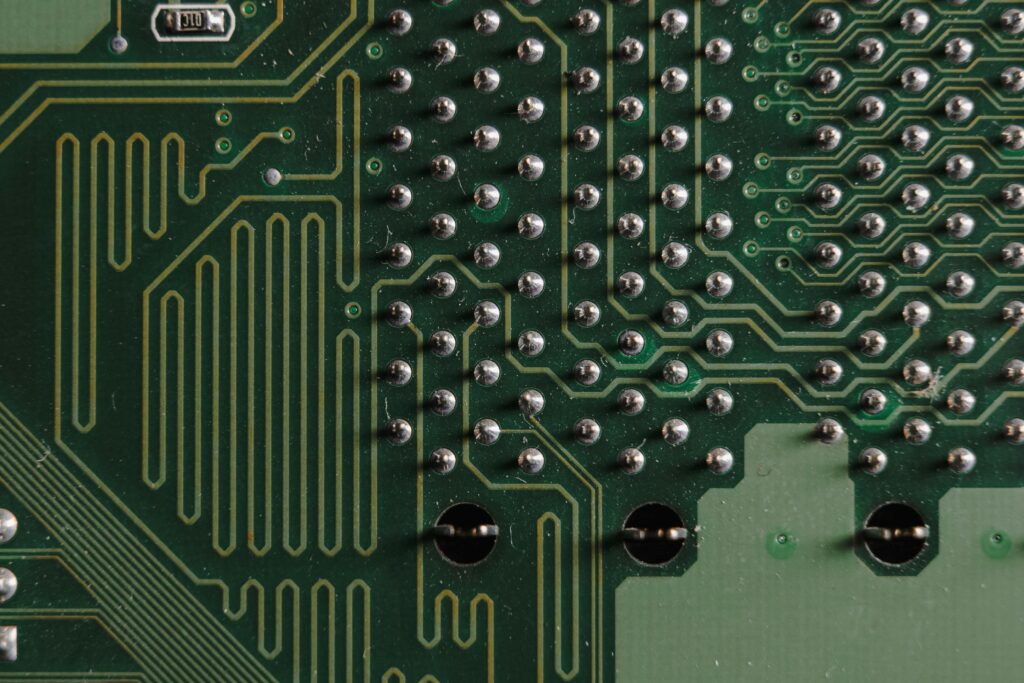Have you ever wondered how modern computers became so efficient and powerful? The answer lies in the Von Neumann architecture — a groundbreaking design that transformed the way computers process and store information. By combining data and instructions in a single memory system, the Von Neumann architecture laid the foundation for today’s digital technology. In this article, I’ll explain how it works and why it remains central to computing innovation.
What is Computer Science?
First, let me clarify what computer science is. In simple terms, computer science is the study of computers, their principles, and their applications. It covers hardware, software, algorithms, data processing, and much more. Essentially, computer science helps us understand how computers solve problems.

Von Neumann Architecture
Now, let’s dive deeper into the Von Neumann architecture. This architecture—sometimes called the Von Neumann model or Princeton architecture—originated in 1945. It outlines the basic structure of most modern computers. But what exactly makes this architecture special?
Processing Unit: The Heart of Computation
The processing unit is truly the core of the Von Neumann architecture. It handles all computations and logical decisions within the computer. Specifically, this unit includes the arithmetic logic unit (ALU), responsible for performing mathematical and logical operations like addition, subtraction, comparisons, and logical tests. Additionally, processor registers temporarily store intermediate results and data for quick access, enhancing the speed and efficiency of calculations.
Control Unit: The Coordinator
The control unit orchestrates all operations within a computer. Think of it as the computer’s traffic controller, directing the flow of information and execution of instructions. It includes the instruction register, which temporarily holds the instruction currently being executed, and the program counter, which keeps track of the address of the next instruction to be fetched. This systematic control ensures smooth and efficient operation.
Memory: The Storage of Information
Memory in the Von Neumann architecture is crucial because it stores both the data to be processed and the instructions guiding the computer’s operations. By keeping instructions and data in a single memory system, computers gained tremendous flexibility, becoming capable of executing various tasks based solely on the software loaded. Modern computers typically have hierarchical memory systems, including fast, volatile Random Access Memory (RAM) and slower, non-volatile storage, optimizing performance and reliability.
External Mass Storage: Long-term Data Preservation
External mass storage extends the computer’s capability beyond primary memory, providing significant long-term storage. Examples include hard drives, solid-state drives (SSDs), and USB flash drives. These storage devices ensure data persistence even when the computer is turned off, allowing users to store extensive data libraries, software applications, multimedia, and more. Mass storage has continually evolved, offering increased capacity, faster access speeds, and improved durability.
Input and Output Mechanisms: Connecting the Computer with the World
Input and output (I/O) mechanisms allow the computer to interact with the external environment. Keyboards, mice, microphones, and scanners are classic input devices. They collect data and commands from users. Meanwhile, output devices like monitors, printers, speakers, and projectors present processed information back to users in understandable forms. Effective I/O systems significantly enhance the usability and functionality of computers.
The Von Neumann Bottleneck: A Limitation to Consider
Despite its revolutionary design, Von Neumann architecture has a known limitation: the Von Neumann bottleneck. This bottleneck occurs because the architecture uses a single communication pathway (bus) to transfer both instructions and data. Consequently, instruction fetches and data operations cannot happen simultaneously, limiting the computer’s potential performance. Understanding this limitation helps engineers and developers innovate solutions, like caching and parallel processing, to mitigate these effects.
Final Thoughts
In conclusion, understanding the Von Neumann architecture gives us valuable insights into how computers work today. While technology has evolved, this architecture still plays a central role in computing. By recognizing its strengths and limitations, we can better appreciate advancements in computer science.
What’s Next?!
Now that you understand how the Von Neumann architecture revolutionized computer design, it’s time to explore how data actually moves in and out of your system. In my next article, “In- and Output Interfaces of Your Device,” I’ll explain how these interfaces connect your computer to the outside world. Join me to discover how input and output systems turn digital processing into real-world interaction.
Credits: Photo by Tima Miroshnichenko from Pexels
| More about draw.io |
|---|
| Create a Blank Diagram Create a Diagram using Templates Open an Existing Diagram Synchronize Save Files |




